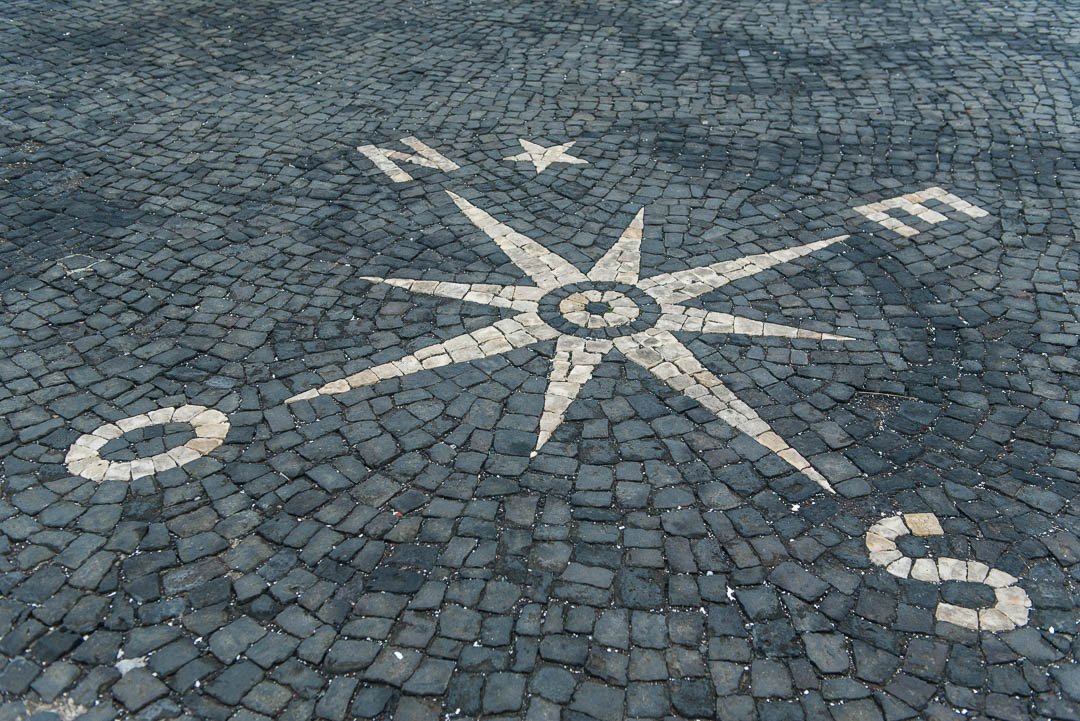Azores in October (1 of 4)
Sao Miguel Island
Faial Island
Graciosa Island
The Azores are an autonomous region of Portugal, made up of 9 volcanic islands located in the mid-Atlantic. I visit in the fall of 2022, flying into Terceira, starting in the Unesco World heritage port city, Angra do Heroismo. I travel onwards to Graciosa, the second smallest island in the archipelago, then to Faial, and lastly the largest and most populous island in the archipelago, Sao Miguel. Terceira and Sao Miguel both have international airports while the smaller islands are connected by short flights and ferries. Which islands you like best really depend on what you are looking to do, and everyone has their favorites. But if you like nature, a slower pace, and good food you will like all the islands in the Azores.
The Azores are a nature lovers’ playground with hiking, world class diving and snorkeling (whale sharks are now occasionally spotted in some regions), whale watching, surfing, bird watching, horseback riding, vineyards, and hot springs, although each varies from island to island. Pico Island is dominated by Mount Pico, Portugal’s tallest mountain, a volcano which rises spectacularly out of the sea. Flying beside it when traveling between islands was a treat and hiking up it is an epic feat. Many of the islands have lava tubes and caldera caverns which you can enter either for a fee or with a guide, a special experience for anyone, but especially geology lovers like myself.
Because of hundreds of years of serving as a maritime hub, and pastoral settlement, much of the rich flora and fauna of the islands are not native. But the islands’ have stunningly landscapes, each island slightly different, although most have lush forests, flowers, and volcanic evidence. There are far less beaches than you might expect when you think of sub-tropical islands, due to the volcanic and rocky nature of the islands rising steeply out of the stormy Atlantic. But over the years the islanders have created natural swimming pools, where they can safely access the ocean by staircases and ladders, protected by manmade or black volcanic rock jetties.
Nature abounds on all islands, Faial
Sao Miguel
emigration left many buildings behind
The islands have been inhabited since the 1400s and were pivotal ports in the age of exploration in the subsequent centuries. They remain one of the only stops for modern day sailors crossing the Atlantic. Azorean cuisine centers on fish and cow products; meat, cheese, yogurt. More unexpectedly as a visitor, the cuisine is heavily influences by the trade routes of that era, with lots of cinnamon, cardamon and other spices showing up. The Azores are also the site of the only coffee, pineapple, and tea plantations in Europe. Many of the islands have vineyards create their own delicious wines which are shockingly affordable. All in all, the Azores are an affordable place to travel and culturally easy to visit as a solo traveler, or I imagine, as a family.
I visited in October, which is typically the start of the rainy season, although many islanders noted that climate change has made all the seasons less predictable. But typically, June, July and August are the driest, sunniest, and most popular tourist months, usually 70’s to 80’s Fahrenheit. December to February are the wettest, coldest months, but Azorean winter is only in the 50s and 60s Fahrenheit, although the ocean damp can feel colder than the temperature reads. Because the Azores are sub-tropical, while the water at the shore can be warmish, and Azoreans seem to swim all year long, the waters well up from the deep Atlantic and will never be tropical temperatures, although the waters colors and the fish appear very tropical in coloring. Sitting amid the Atlantic, the weather in the islands can change in a flash and many times in a day, from sun, to torrential rain, back to sun. It is important to pack accordingly and allow for your plans to be fluid.
Historic footsteps on Terciera
and young ones
October falls on the season change, and can go either way, as I found. I experienced warm beachy days in the low 80s and cold blustery days in the low 50s, and days that were somewhat surreally both. I left some activities to the end of my trip and was rained out as the seas were too turbulent for boating, so if the sun is shining, get outside and go for it. But I enjoy the mixed weather with less people of the off season. It is worth nothing that on Faial, Graciosa, and even relatively busy Terceira a lot of the restaurants and tourist spots are on limited hours, or closed altogether, because of the off season and staffing shortages.
The following is by no means an exhaustive list of what to do, especially as I tend to favor local activities, and experiencing a place slowly, over checking the tourist boxes, but these were places and experiences I enjoyed.
One aside; beware when booking flights to the Azores for hidden fees. My budget flight with Portugal’s TAP airlines came with a hefty 150-euro baggage fee, each way.
Graciosa Island










